Driving is a relaxing and pleasant experience. In fact, when not driving to work or in a hurry, a lot of people see driving as a way to relax. This is also portrayed in several forms of media. Here, you will usually see people featured driving a car in a relaxed and calm manner. These scenes are usually depicted in picturesque places.
Although this may sound pleasant, the experience isn’t the same for everybody. Just because a lot of people enjoy driving, doesn’t mean it applies to everyone. In fact, some people even experience intense fear when it comes to driving. But this doesn’t mean the person can never drive or enjoy driving again. This article from Philkotse.com will tackle how you can get over the fear of driving.
The fear of driving
If you experience intense fright when behind the steering wheel, you have a case of vehophobia. This refers to the fear of driving which can be experienced by anyone. If you think you have vehophobia, you are most likely to experience the following when behind the steering wheel:
- Sweating
- Increased heart rate
- Chest pain
- Trembling
- Nausea
- Shallow breathing
Other than that, a person with vehophobia will most likely find excuses not to drive. He may also experience panic attacks while driving.
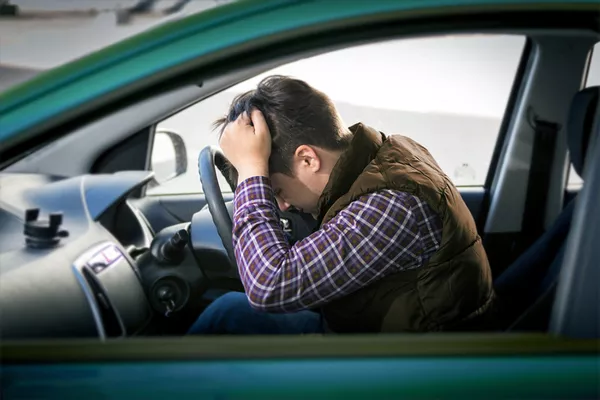
If you experience intense fright when behind the steering wheel, you have a case of vehophobia
>>> Related: How to overcome the fear of driving in the Philippines?
What causes the fear of driving?
There are many ways for a person to develop vehophobia. The most common cause is if the person has been recently involved in a car accident.
The car accidents that trigger this fear are usually those wherein the victim thought he may have died. Another is accidents wherein a passenger or a loved one is killed or badly injured. However, those aren’t the only incidents that cause a person to develop vehophobia. Here are other possible ways:
- Growing up with guardians who were always uneasy while driving.
- Driving under intense weather conditions
- Watching or reading about a horrific car accident on the news or other media
- Experienced an animal suddenly cross the road inches away from the car
- Witnessed an accident
- Had a super strict driving teacher
- Experienced road rage in any sort
If a person has vehophobia, he can get triggered by any of the listed situations. In fact, even congested roads and heavy traffic can be enough to trigger this. People with vehophobia can also be triggered even if they are driving in safe conditions. They may also experience other phobias that are related to vehophobia. This could be amaxophobia, homophobia, or claustrophobia.
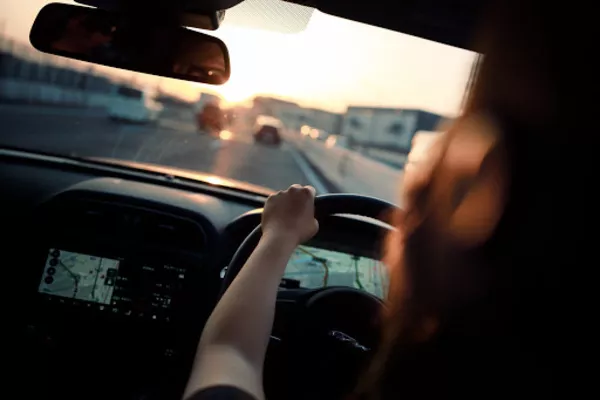
If a person has vehophobia, he can get triggered by any of the listed situations
Ways to overcome fear of driving or vehophobia
1. Have a friend stay with you
If you experience the listed symptoms above while sitting in the car, it may be because you’re alone. You can try and have a friend or a loved one accompany you while driving. Try this for a couple of weeks and see if you can begin to be “okay” with driving again.
Continue having this person with you in the car until you start to become more comfortable driving. Once you’re fully capable of driving all by yourself, you can get to driving again.
Start by driving on short trips so you don’t feel isolated for too long. Try driving to your fave convenience store or to pick up some groceries.
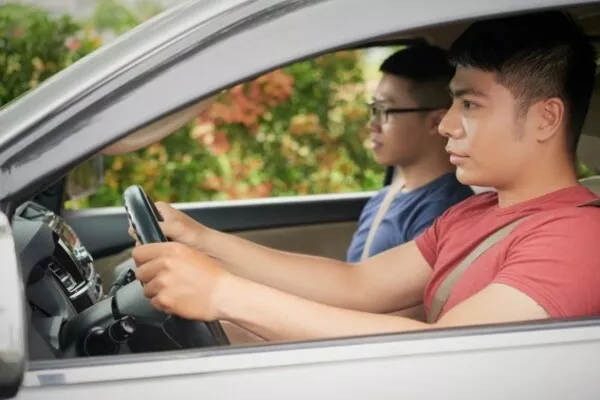
You can try and have a friend or a loved one with you while driving
>>> Related:
- 7 types of annoying car passengers that you'll encounter
- Handling backseat drivers: 7 tips to follow
2. Take driving lessons
Most people who are afraid of driving are those who haven’t had the experience yet. The best way to counter this cause is to take a driving class. This way, you’ll be more sure of your driving skills.
Learning from an expert might actually be better than having to learn by yourself. Legit driving courses should teach you about everything you need to know on how to be a good driver. These courses also let the students get behind the wheel to drive the vehicle. The instructor, of course, will remain by the student’s side to supervise.
Passing driver’s educational programs not only rids you of vehophobia, but it also gets you ready for possible situations that can actually happen in real life while you’re on the road.
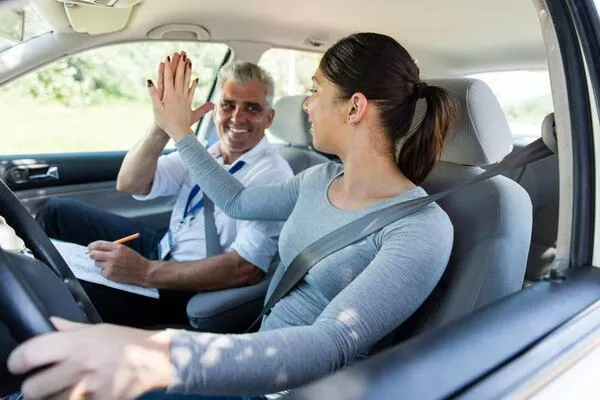
Learning from an expert might actually be better than having to learn by yourself
>>> Related: Popular Driving Schools in Taguig: Rates, Lessons, Pros & Cons
3. Choose to drive under broad daylight
Drivers who are nervous (regardless if they are new or seasoned drivers) should avoid nighttime driving. If possible, cancel all plans that require you to drive at night.
Compared to daytime, nighttime driving is definitely more dangerous. It becomes harder to recognize potential dangers on the road. Sometimes, some road hazards can be hard to avoid even with first-class headlights. Once you’re sure you can drive calmly in the daytime, you can finally let yourself drive at night.
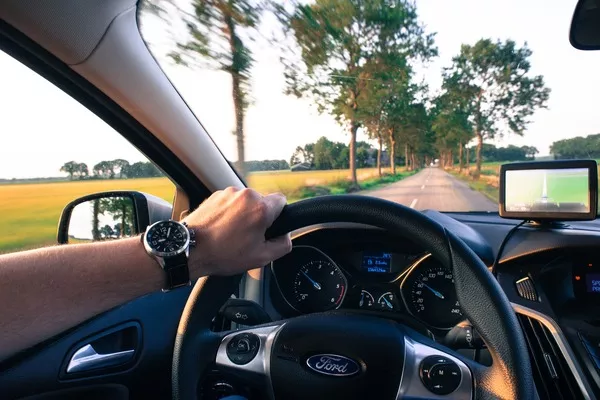
Drivers who are nervous should avoid nighttime driving
4. Just Drive
Many people are terrified of driving because of an accident that they experienced in the past. This makes most survivors or witnesses afraid of getting behind the wheel.
Some can still find riding a car as a passenger tolerable. There are also people who won’t even bother riding a car again because of the trauma, but this is not a good thing to do.
After you recover from any wounds or injuries, make sure your license is up to date. You should also stay in practice and keep driving even if it’s not that often. This will keep your driving skills sharp just in case you ever need them again.
Make sure you have fully recovered and are in great health before you resume driving, but make sure you don’t wait too long before you drive again. The longer you stay away from the steering wheel, the harder for your fears to go away.
>>> Related:
- [Philkotse pick] What are the 4 best cars for beginners?
- 5 best used cars for beginners in the Philippines
5. Listen to your favorite songs
Music has been associated with human behavior and emotion by various researchers. While music can be distracting, it can also give you a positive vibe.
Just remember to turn the volume down so it doesn’t distract you from the road. The volume should be just right to fill the dead silence and keep you relaxed. If you’re into loud, headbanging, or club music, consider going for smoother or calmer songs.
Recent posts
- [For Fun] Love songs inspired by cars and driving Mar 03, 2020
- Why does driving make you tired and/or sleepy? Nov 08, 2022
- Don't fear the stick! Why it rules to drive a manual transmission Nov 08, 2022
- How to overcome the fear of driving in the Philippines? Apr 11, 2019
- Teens driving in the Philippines: Things you should know Mar 02, 2020












